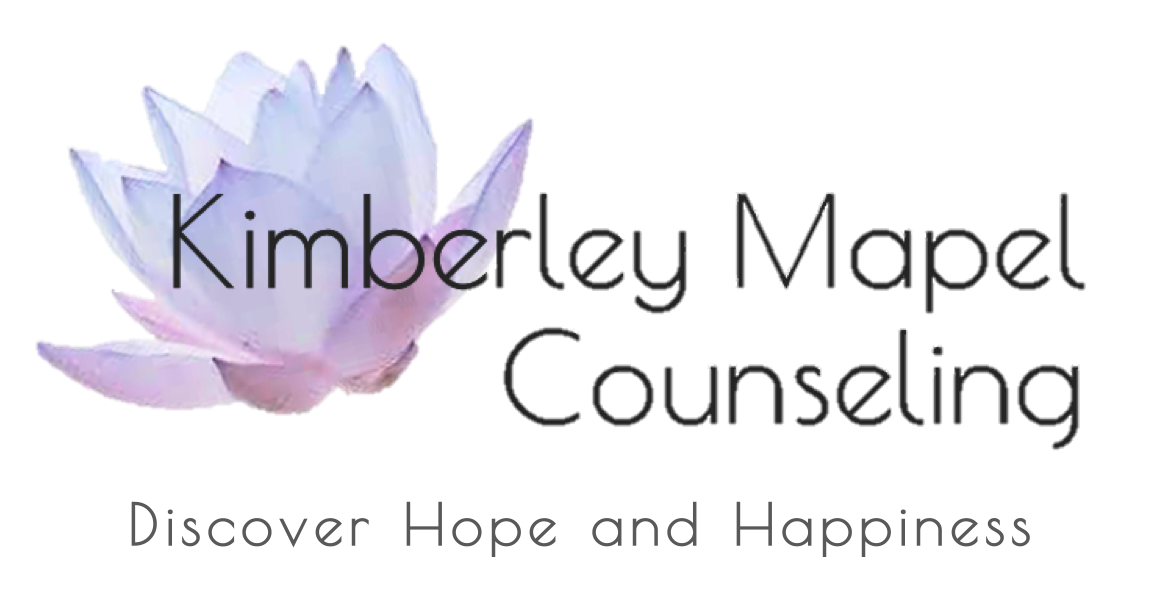If you have anxiety or stress, progressive muscle relaxation can help calm your mind and your body, and help you feel better emotionally and physically.
Anxiety and stress not only cause emotional upset and discomfort, but they create tension in the body such as headaches, stiffness in the neck, or tightness in the chest and abdomen. Body tension is a result of the fight or flight response being activated, and it lingers in the body long after anxiety or stress are gone. To make matters worse, we tend to cycle in and out of periods of anxiety and stress, which keeps our nervous system in a chronic heightened state, and then the cumulative effects take a toll on our body.
A big problem is that anxiety, stress, and body tension is our default state and we don’t even recognize it.
The solution is to activate what is known as the relaxation response, which is the opposite effect of the fight or flight response. Progressive muscle relaxation can help you do just that.
Progressive muscle relaxation is a technique that teaches you how to calm your nervous system by systematically relaxing all of the muscle groups in the body. Developed in the 1920’s by Dr. Edmund Jacobson to treat his patients with anxiety and physical trauma, progressive muscle relaxation is rated as one of the most effective interventions for reducing anxiety and stress.
Progressive muscle relaxation is a two-step process where first, you tense your muscles for a short period of time, and then you release then tension and pay special attention to how your muscles feel when they are relaxed.
The immediate benefits of the exercise are to reduce stress and tension in the body. The long-term benefits are that by learning to recognize the difference between when your body is tense or relaxed, at the first sign of tension, you can relax.
Progressive muscle relaxation can train you to know what relaxed muscles feel like, and with practice, this can become your new norm.
Below is an audio guide to lead you through full body progressive muscle relaxation. There is also a downloadable worksheet with instructions and a script for when you’d like to practice on your own.
It is recommended that you practice full-body progressive muscle relaxation twice a day for the first week to start. This will not only help you feel relaxed, but it will also help you to become keenly aware of your body, how it holds tension, and what relaxation feels like to you. After the first week, you will want practice once a day, and then tapering to three to four practice sessions per week. Finally, you will want to practice progressive muscle relaxation as needed when you feel tension and stress.
Download Progressive Relaxation Worksheet
Copyright Kimberley Mapel
